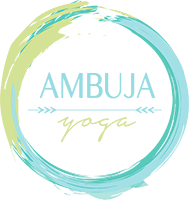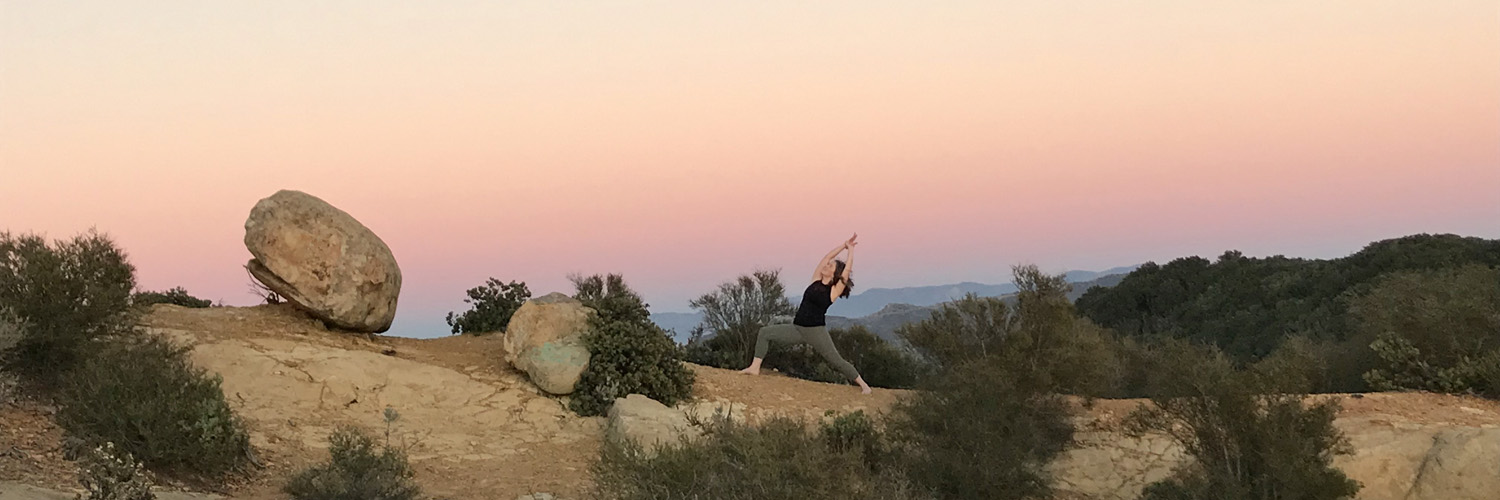Mudras are powerful tools for healing and they’re often overlooked by both yoga instructors and yoga students. I completely overlooked the power of mudras the first few years I was teaching. Fortunately, they are part of my current practice.
This is the first of hopefully many posts about mudras. My hope is that every other Monday I will offer a different mudra and offer ways to incorporate it into your practice, perhaps in asana, meditation or in combination with a mantra. One of my favorite resources is Mudras: Yoga in Your Hands by Gertrud Hirschi. Her instructions are clear and descriptive. If you’re in the market to pick up a mudra book, I recommend hers.
In this post, we’ll explore the difference between chin and jnana mudra. These two mudras are often used interchangeably and honestly, they’re almost identical, so it makes sense that there is a bit of confusion.
Chin Mudra
Chin Mudra is one of the most common mudras… even non-yogis have seen this mudra in contemporary art and culture. Chin means “consciousness” in Sanskrit and this mudra is often called the “psychic mudra of consciousness” or “the gesture of the teacher”.
To practice chin mudra while seated guide the tip of your index finger to the pad of your thumb, turn the palms up and rest the backs of your hands on your knees. Chin mudra can also be practiced in asana. I enjoy practicing chin mudra in dancer’s pose and reverse warrior among others.
According to the yoga tradition, the middle finger, ring, and pinky finger represent the three classic qualities of all of nature (the Three Gunas). The middle finger symbolizes sattva (purity, wisdom and illumincation), the ring finger rajas (action, passion and chaos) and the pinky finger tamas (inertia, lethargy and darkness). In this mudra, we unite the individual soul (index finger) with the supreme soul (thumb).
In the classical yoga text of Patanjali, The Yoga Sutras, the yogi is on a path of transcendence through these states (the gunas) and progresses from darkness into light and from ignorance to wisdom.
Benefits of Chin Mudra
- Creates a Pranic circuit, which maintains and redirects the prana, or life force, within your body
- Increases concentration
- Lifts dull energy, improves stamina
- Elevates mood (Yoga Journal)
- Those who practice chin mudra may even find that they have better sleep patterns
- Relieves stress and tension (Source: YogaWiz)
Jnana Mudra (Gyan Mudra)
Jnana means wisdom or knowledge in Sanskrit and mudra means seal or gesture. The thumb represents the supreme soul and the index finger the individual soul. This mudra represents the wisdom of knowing the individual soul is one with the supreme soul. The three extended fingers represent the three gunas which must be overcome: sattva (middle finger), rajas (ring finger) and tamas (little finger).
Jnana Mudra is nearly identical to chin mudra except the palms are turned down. Jnana mudra is typically performed in meditation due to it’s calming and grounding nature
Benefits of Jnana Mudra
- Creates a Pranic circuit, which maintains and redirects the “Prana” within your body
- Calms and stabilizes the mind
- This mudra has a grounding energy
- “Jnana Mudra symbolizes destruction of ego, as the index finger is held down and conquered by the thumb.” (Source: Yoga Wiz)
- Creates mental peace and alleviates nervous tension
- Boosts memory
Incorporate these hand mudras into your practice and let me know how it goes.
Love and Light,
Autumn
*Some of the links above are affiliate links, meaning, at no additional cost to you, I earn a small commission if you click through and make a purchase. These earnings help make the maintenance of this blog possible. You can rest assured that I only link to products I know and love.

 Ambuja Yoga
Ambuja Yoga 













